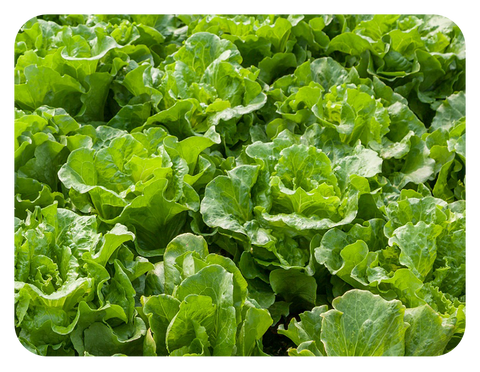A traditional underground garden is great, but for a high-bed garden, it allows you to grow more food in less space, adjusting the soil precisely to your needs and reducing the space for weeds to grow. Plus, the soil in raised beds warms up earlier in the spring than in underground garden beds, so you can plant earlier. They allow you to garden without rocks and roots, and the soil in them is easy to modify each season. Along with the low tunnels, the raised beds also help prolong the frost threatening season. The following content also has some reference value for raised garden beds.

Of course, there are some downsides to bed gardens. In hot, dry weather, they tend to dry out quickly. Stray cats may find loose soil attractive for their own reasons. Also, when building, you need to consider the width of the raised bed to ensure easy access to the center when planting or maintaining the garden. (4 Feeling ideal width.) However, with a little planning and prevention, these drawbacks can be easily avoided.
1. Don't walk on the dirt
The great thing about bed gardening is that you can create light, fluffy, absolutely perfect soil. When you build a loft bed, make sure you can reach every part of the bed without standing on it. If you already have a raised bed and find you have to walk on it, then consider installing pavers or boards strategically and only stepping on it instead of dirt.
2. Post-planting mulch
After planting the garden, cover it with straw, grass clippings, leaves or wood shavings. This will reduce the amount of weeding you have to do and keep the soil moist.
3. Plan your irrigation system
Hose and drip irrigation are the two best ways to irrigate raised beds. You can save a lot of work and time if you plan ahead and install your irrigation system before you plant it, and you can stand by later with a hose.
4. Create barriers for roots and weeds
If you have large trees in the area, place your raised bed away from shade and roots. Most vegetables need full or at least partial sunlight to produce a good crop. If you want to make sure you don't have to deal with weeds growing in your perfect soil, consider installing a barrier at the bottom of the bed. This can be a commercial weed barrier or a thick piece of corrugated cardboard.
If you already have a raised bed and find that you struggle with tree roots every year, you may need to dig up the soil to put the raised bed in a better location. If voles find your garden tempting, try adding some stiff cloth to the bottom and inside edges of the raised bed before filling in the soil. The metal mesh barrier would make it nearly impossible for burrowing creatures to enter the bed from below, where they would eat plant roots.

5. Use compost every year
Gardening on a raised bed is, in essence, like gardening in a very, very large container. As with any container garden, the soil settles and depletes over time. You can mitigate this by adding 1 to 2 inches of compost or compost manure each spring before you start planting.
6. Loosen the soil as needed
To lighten the compacted soil in your raised bed between seasons, simply push the garden fork as deep into the soil as possible and swing it back and forth. Do this every 8 to 12 inches over the entire bed, and your soil will loosen nicely without a lot of heavy lifting.
7. Even if you're not gardening, cover the soil
Add a layer of organic mulch or plant a cover crop at the end of the growing season. Soil exposed to severe winter weather breaks down and compacts much faster than protected soil. Plus, by adding cover crops, you can increase the fertility of the soil, since crops break down when they become soil.
8. Plant annual cover crops
Annual cover crops, such as annual ryegrass, crimson clover, and hairy crape myrtle, are good for your cultivated bed garden when planted at the end of the growing season. They feed the soil, especially if you dig them into the bed in the spring, reducing erosion and, for crape myrtle and clover, fixing nitrogen in the soil.
9. Create a beautiful, edible garden.
Even the simplest loft bed can make a pretty spot in your garden. By arranging an aesthetically pleasing arrangement for your favorite foods and pairing them with beautiful plants in full bloom to attract beneficial insects to the garden, you can create a living work of art and enhance your harvest. By adding flowers to the edges of your cultivated beds, pollinators will be attracted to the flowers - and also help pollinate your crops to increase production. In addition, beneficial predatory insects will also enjoy the flowers, but will also help to shrink the pests in the garden.

10. Consider extending the season in advance
A little advance planning can allow you to plant earlier in the season or extend your growing season into the fall. Consider installing a simple low tunnel or cold frame for support when you need to protect your crop from frost, you will have minimal work.









